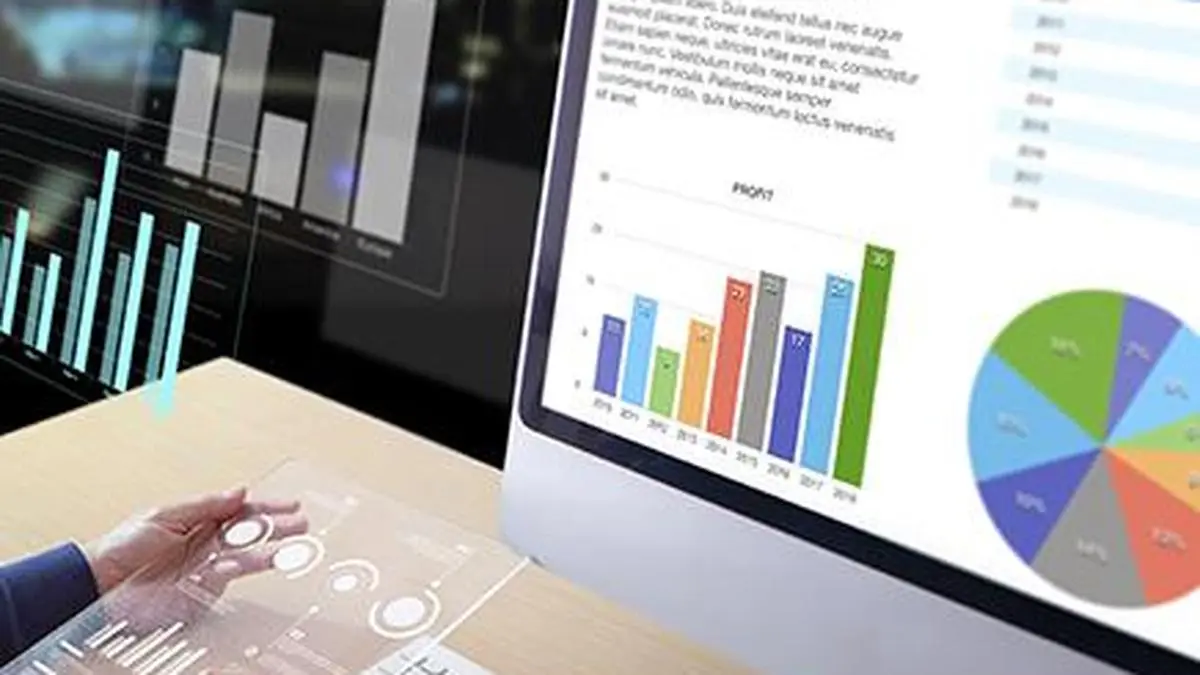Copyright brecorder

After slashing its policy rate by half over twelve months, the State Bank of Pakistan (SBP) has held steady at 11 percent for three consecutive policy reviews since May 2025. This cautious stance reflects a ‘wait and see’ approach as the Monetary Policy Committee convenes today. The primary concern remains external account vulnerability. Imports have surged, reaching $5.9 billion in September — the highest since August 2022, according to PBS data. On a 12-month rolling basis, imports stand at $63 billion and are climbing, while exports remain stagnant and remittances’ growth has softened. This dynamic threatens the reserve accumulation effort, with reserves still below three months of import cover. Compounding this challenge, imports are ballooning despite tepid economic growth and subdued oil prices. The risk? Rising demand and oil prices could create turbulence, propelling inflation beyond SBP’s medium-term target of 5–7 percent. To anchor inflation expectations, SBP faces two choices: allow the Rupee (PKR) to depreciate — boosting exports while making imports costlier — or keep real interest rates firmly positive. The SBP favors the latter, maintaining currency appreciation and high real rates to preserve stability in the external account. High interest rates, however, do not seem to be the primary factor in stifling investment. Other obstacles like elevated taxes and energy costs play a critical role in curbing industrial expansion. Even a rate cut is unlikely to revive manufacturing sector investment. Conversely, lowering rates could disincentivize PKR savings, fuel expectations of currency volatility and devaluation, and spark dollarization — another channel to inflation. Added to that is the risk of liquidity being parked in commodities, which could further stoke inflationary pressures. Inflation has already rebounded to 5.6 percent in September after bottoming at 0.3 percent in April, with month-on-month readings over 2 percent for two of the past three months. This uptrend is mainly from food inflation, driven partly by floods and flawed wheat price support policies. Artificially low wheat prices, sustained through imports and government stock releases, have hurt the rural economy, with a sudden spike now evident. Floods have also pushed up prices of perishables. Core inflation, comparatively stable at 7–7.5 percent, is well below last year’s 10–10.5 percent — a testament to currency stability. Cheap oil and commodity prices have helped restrain inflation and keep the current account deficit manageable. Lower oil costs have enabled higher levies on petroleum products without raising prices, supporting the primary fiscal surplus target, even as FBR tax revenues disappoint. Pakistan must persist with tight fiscal and monetary policies to build buffers; slippage could imperil currency stability. The current account turned into deficit in 1QFY26, and widening gaps in trade data point to further deterioration. Exporters have sold dollars forward, and when pressure mounts, inflows may dwindle. The widening gap between grey and interbank rates is prompting banks to offer hefty remittance premiums. These factors point to a possible depreciation ahead. If the Rupee depreciates, inflation will escalate, potentially forcing SBP to pivot back to higher rates. In short, keeping real rates elevated remains essential until reserves safely cover 3.5–4 months of imports. It’s better to err on the side of caution, because at this stage of the game, ‘wait and see’ beats ‘do and sink.’ Copyright Business Recorder, 2025



